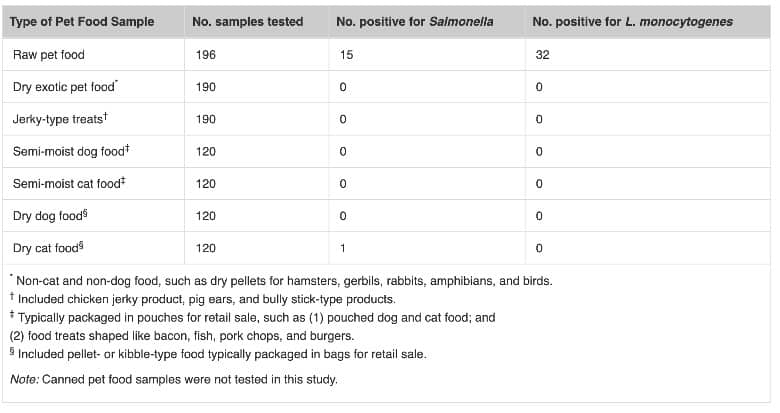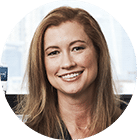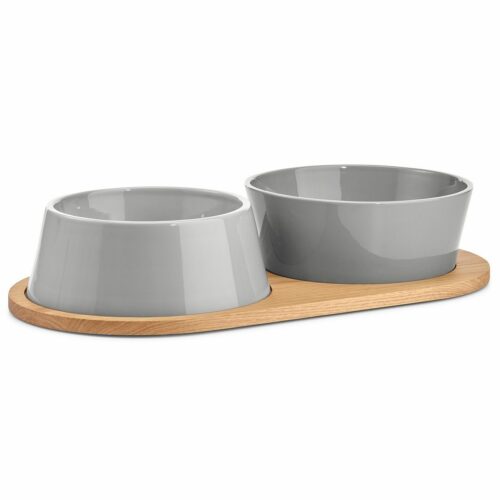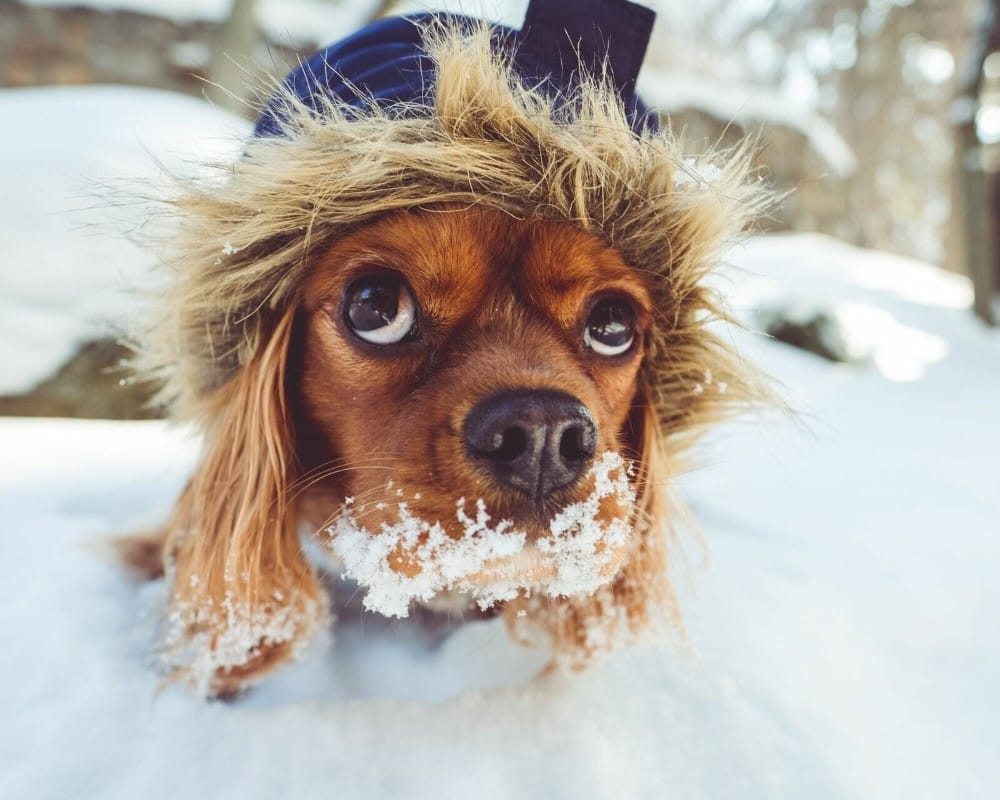When it comes to cleaning our dog’s dishes, many of us are falling short, potentially putting our four-legged friend’s health at risk, a study finds.
“Pet feeding involves interplay between the pet, the owner, and the food,” writes the North Carolina State University team who conducted the research. “This interaction creates the opportunity for mutual exchange of microbial contaminants from food or water, dishes, and the food storage or preparation environment, which can cause health consequences for both humans and pets.”
Basically, by not washing our dog’s food and water bowls and/or properly sealing up their food, we are putting them at risk for potential foodborne illnesses due to bacteria growth.
And for most of us, we aren’t doing a great job.
Related: Do You Know About the Dangers Lurking In Your Dog’s Water and Food Bowls?
The team surveyed 417 dog owners and asked if they were aware of the Food and Drug Administration’s feeding guidelines around food safety. Less that 5 percent even knew the agency had guidelines, while less than 25 percent said they complied with the guidelines of washing hands before handling dog food and washing the dish and scoop after every use.
“It was found that the vast majority of study dog owners were not aware of and did not follow FDA pet food handling and storage guidelines,” the study’s authors said.
Twelve percent said they wash their dishes daily, while 22 percent said they wash their dishes, on average, once a week. And a whopping 18 percent reported that they washed their dish less than 3 months or not at all.
“Most pet owners are unaware that pet food bowls can be a hidden source of bacteria in the household,” the authors wrote. “Knowing how to mitigate this risk and practice proper pet food storage and hygiene may make for a happier, healthier household.”
Some of the most common bacteria connected to dog food include Salmonella, E. coli, Listeria, and mold, all of which can cause major health issues. If left untreated, a dog may experience an upset stomach, infections, and can even be deadly. Puppies, senior dogs, and canines with a compromised immune system are particularly vulnerable to these harmful pathogens.
Related: Before You Start Your Dog on a Raw Diet, Here Is What You Need to Know
Here’s what we recommend for providing the safest feeding and drinking setup for you dog.
Best Practices for Dog Food Storage
Inspect food before you buy it: Make sure there are no signs of tears, dents, or damage. And check that the food has not expired or close to expiration date. It may also be helpful to bookmark the FDA’s page about recent dog food recalls.
Keep food in the original container: By doing so, you have access to the UPC code, lot number, brand, and manufacturer, in case an issue arises. Make sure the dog food is sealed up, as this helps with shelf life and ensuring bacteria can’t get in.
If you have another container, you keep food in, it’s a good idea to put the entire bag into it or cut out the pertinent information and tape to container. Wash the container when empty.
Store in a cool place: Dry food should be stored in a cool, dry place, as moisture and heat can cause the nutrients to break down. Leftover wet food should be refrigerated immediately after using. It should be in a secured, air-tight container to keep it fresh and ensure your dog doesn’t have access to it.
Raw food diets may increase the chance of being exposed to Salmonella, Listeria, and other bacteria that can cause foodborne illnesses. According to an FDA study, between 2010 and 2012, it screened over 1,000 samples of pet food, not including canned, to see what types are more likely to cause foodborne illness. According to their finding, it was raw food. (It should be noted there have been several recalls from dry- and wet-food manufacturers because of bacterial contamination.)

For raw food diets, take extra precautions to ensure bowls, prep areas, countertops, cutting boards, and other areas that come in contact with the food are thoroughly cleaned. Just as wet food, keep raw food in a secure storage, and freeze until ready to use. Don’t leave outside the fridge to thaw out.
Discard of bad dog food the right way: If you have spoiled or expired dog food, secure it in tied bag and covered trash so no other animals can get to it.
The Top Tips for Cleaning Your Dog’s Bowl
Clean hands: Wash your hands when you are handling dog food and treats — this includes before you feed your pup and after you handle the food. Count to 20 seconds and use soap and hot water.
Wash food and water bowls daily: Again, use hot water and soap – one that is safe for pets. Make sure you scrub really hard, as some food can seep into cracks and crevices. (If you notice any cracks in the bowl, get a new bowl.)
Alternatives to soap: The FDA says you can use bleach, but you need to be careful. First clean using soapy water to physically remove germs. Then create a bleach solution by mixing 2 oz, or ¼ cup water, for every gallon of water. Soak for at least 10 minutes and rinse thoroughly, air-drying or wiping with a towel. If the bowl is dishwasher safe, make sure to put on the top rack.
Scrub: Use a brush or sponge specifically for your dog’s bowls. Scrub all areas, and once complete, make sure you wash the cleaning tool.
Use a clean utensil for scooping: Don’t use your dog’s food bowl as the scoop. Rather use an item specifically for the dog food. It can be a scoop, spoon, or cup. Wash after every use.
Thoroughly dry: Bacteria loves moisture. Use a towel to soak up all water and air dry until ready to use again.
Replace water frequently: Make sure you are replacing your dog’s water on a regular basis (aim for daily), to prevent bacteria growth.
Choose the Right Bowl
Not all bowls are created equally, with some more susceptible to host harmful bacteria.
Plastic: While inexpensive, it can easily scratch, meaning dangerous bacteria can get in those tiny crevices and stay there, even after being washed. Plush, plastic can cause allergic reactions, so if your dog has sensitive skin or prone to acne, stay away.
Ceramic: If glazed correctly and uses food-safe paint, it is easy to clean, and provides an array of designs. Though, like plastic, cracks can appear, so be on the lookout.
With this gorgeous food and water bowl set from German brand MiaCara, your dog’s mealtime definitely gets an upgrade. Made from high-quality porcelain in granite gray, the minimalist, inverted shape was designed to stay firmly in position during mealtime. Complete the look with the matching tray made from lacquered oak wood.
Stainless steel: Often the go-to for ease of use, it is durable, cleans up in a cinch, and less likely to scratch.
Signs of a Dirty Dow Bowl
Besides cleaning your dog’s bowls on a regular, be on the lookout for these signs of an unsanitary dog bowl.
- Food residue or discoloration from dog food, scraps, or supplement additives.
- Slimy film on the surface of the bowl or on the sides, as this is an indication of bacterial growth.
- A funky odor emitting from the bowl can be an indication that something isn’t right.
- Your dog avoids eating or drinking from the bowls.
If you witness any of the above, make sure you inspect, clean, and if needed, replace the bowls.
Keeping your dog’s bowls clean goes a long way in ensuring your best friend is happy and healthy.



















